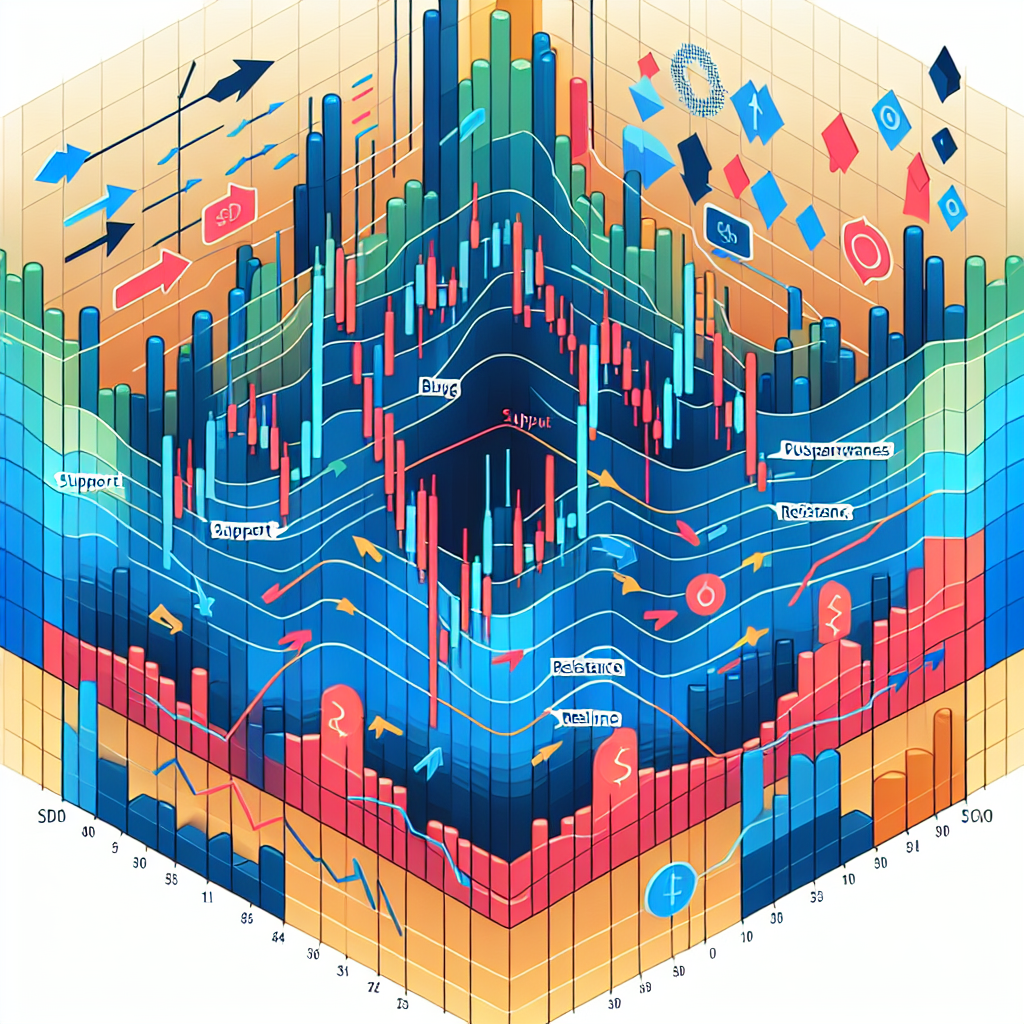Analyzing Overbought and Oversold Conditions
Analyzing financial markets involves understanding various indicators that signal potential investment opportunities or risks. Among these indicators, the concepts of overbought and oversold conditions play a crucial role in identifying the timing for buying or selling assets. This article delves into the essence of overbought and oversold conditions, the tools used to identify these states, and how investors can interpret these indicators to make informed decisions.
Understanding Overbought and Oversold Conditions
Overbought and oversold conditions are indicators of the momentum in the price action of securities. An asset is considered overbought when its price is believed to be higher than its intrinsic value, suggesting a potential sell-off. Conversely, an asset is deemed oversold if its price falls significantly below its perceived value, hinting at a buying opportunity. These conditions are crucial for traders and investors looking to capitalize on price corrections.
Tools for Identifying Overbought and Oversold Conditions
Several technical analysis tools and indicators can help traders identify overbought or oversold conditions. The use of these indicators can provide insights into when the current trend may be reaching a point of exhaustion.
Relative Strength Index (RSI)
The Relative Strength Index (RSI) is a momentum oscillator that measures the speed and change of price movements. It ranges from 0 to 100 and is typically used to identify overbought or oversold conditions in a security. An asset is generally considered overbought when the RSI is above 70 and oversold when it is below 30.
Stochastic Oscillator
The Stochastic Oscillator is another momentum indicator that compares a particular closing price of a security to a range of its prices over a certain period. It uses a scale of 0 to 100. Traditionally, the security is considered overbought when the stochastic indicator exceeds 80 and oversold when it falls below 20.
Bollinger Bands
Bollinger Bands are a type of price envelope that defines price levels where a security is considered overbought or oversold. These bands expand and contract based on market volatility. A price touching or moving beyond the upper band may indicate an overbought condition, while a price at or below the lower band could signal an oversold condition.
Interpreting Overbought and Oversold Conditions
While identifying overbought and oversold conditions is vital for making trading decisions, it’s essential to interpret these signals correctly. Relying solely on these indicators without considering the broader market context or other technical signals can lead to misleading conclusions.
Using Multiple Indicators
Employing a combination of indicators can provide a more comprehensive view of the market. For instance, confirming overbought or oversold conditions with volume indicators can strengthen the reliability of the signal.
Understanding Market Context
The overall market context should not be overlooked. During strong bullish or bearish trends, securities might remain in overbought or oversold conditions for extended periods, rendering immediate sell or buy signals less effective.
Waiting for Confirmation
Traders often wait for additional confirmation before acting on these conditions. For example, after identifying an oversold condition, waiting for the price to start rising can confirm a reversal and a potential buying opportunity.
Conclusion
Analyzing overbought and oversold conditions is essential for traders and investors looking to optimize their entry and exit points. By understanding and utilizing tools like the RSI, Stochastic Oscillator, and Bollinger Bands, investors can identify potential market corrections and make more informed decisions. However, it’s crucial to interpret these indicators within the broader market context and employ them as part of a comprehensive trading strategy.


